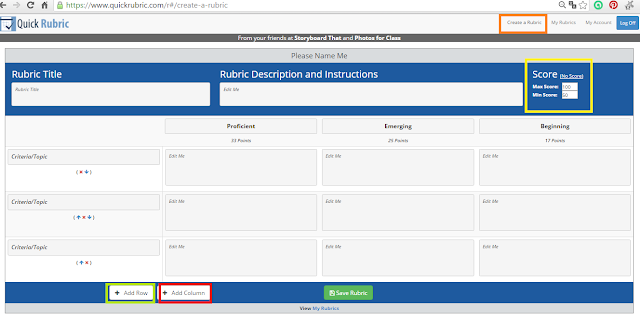Hello everyone! I want to share with you an e-project evaluation I did for class. The main goal of this task was to evaluate an e-project in order to learn meaningfully how to make my own e-book or e-project.
When I was thinking about what to evaluate, I was surfing the net and I found a fantastic project from a last year student in the same Masters: Little Geniuses of Renaissance by Silvia Peña. I have chosen this e-project because I love Arts and I think that they play a crucial role in children development while they are learning.
Regarding quality content, I have to say that the e-book has coherent contents related with the topic. Besides, there is a section called “The skeleton” in which all the structure of the project is clearly presented in an organized way.
The main content is about Leonardo Da Vinci and his life, which is a good topic for children in order to understand this artist’s works.
Taking into account multimedia features, this e-book includes some which make it attractive and engaging. These multimedia elements provide added value. However, they promote only receptive skills as reading and listening while I think it would be better to make the students produce something using multimedia tools.
In terms of accessibility, I found that the e-book is partially accessible for people with special needs. For instance, the “First mission video” is goes so quickly that I didn’t have time to read and I have to stop it, so this is not appropriate for children and become worst if the students have some sight problem o difficulties. In a different task the author uses some podcasts to ask questions and this would be a problem for children with special hearing needs, whereas it is a good approach for children with visual needs.
Besides, some of the fonts used are not appropriate for student with visual needs, because it can be difficult for them to read them.
Regarding innovation and originality, I think that this e-book includes original content created by the author and the approach to the topic is original, imaginative and engaging. All the tasks and the contents in the e-book are created by the author. It has also some activities which can be innovative for children, because it is a different way to work an art topic.
When it comes to children and their role in this project, it is important to take into account that the project seems to be focus on children development of solving challenges, problems and questions; so that they will be working critical thinking skills. The project is based on a meaningful problem which is to investigate about Leonardo Da Vinci in order to answer the following question: “Who was Leonardo Da Vinci”. The project involves an active, in-depth process over time, in which students generate questions, find and use resources, ask further questions, and develop their own answers.
This e-book allows children to make their own choices about the products they create, how they work, and how they use their time, guided by the teacher. As they have to create a mural with all the information they have found during the whole process, they will have the opportunity to reflect on what and how they have learnt, and on the project’s design and implementation.
Regarding children, in general I liked the project and how they have to work to find information about Leonardo Da Vinci. In fact, there are some aspects that I would like to point out.
I am not really sure about if it represents a real-world learning context for students and if this makes a real impact in them. Of course, it can be good for them to know about this artist, but maybe it is not the best way to confront the topic.
Moreover, I found that there is no opportunity for children to assess themselves and neither to receive feedback of their work.
The last thing is that this e-project does not require students to demonstrate what they learn by creating a product that is presented or offered to people beyond the classroom. They have to create a mural with all the information and also create a sculpture using a piece of soap. Actually, I considered that it would be better if they would be able to share their work with other people around the world, for instance using a classroom blog or a classroom account in twitter with the teacher help.
Here you have the Rubric and the Checklist that I have used to evaluate the e-design, just in case you are doing a similar evaluation.
Hope you liked it and find it useful.










